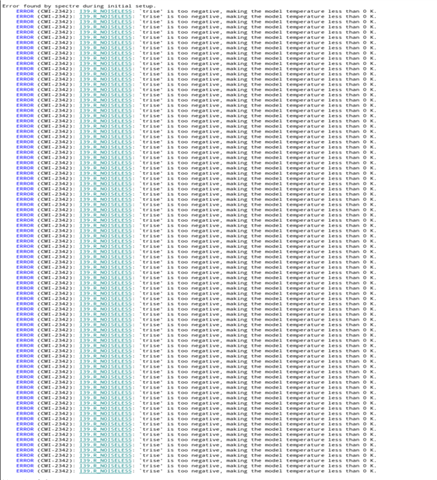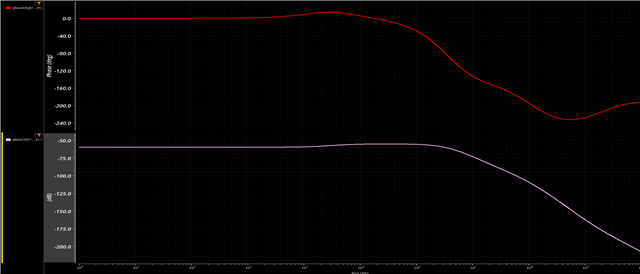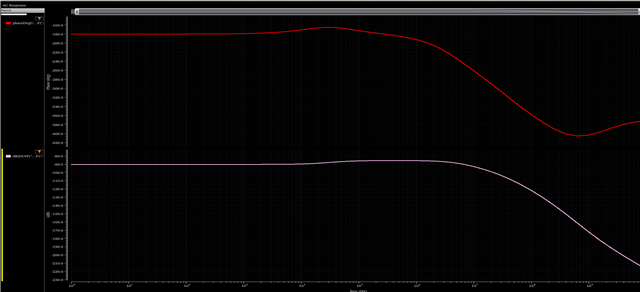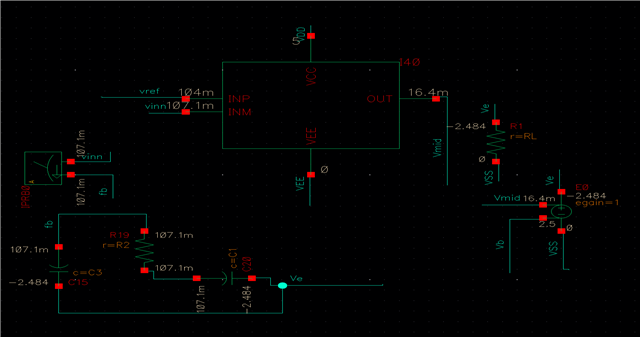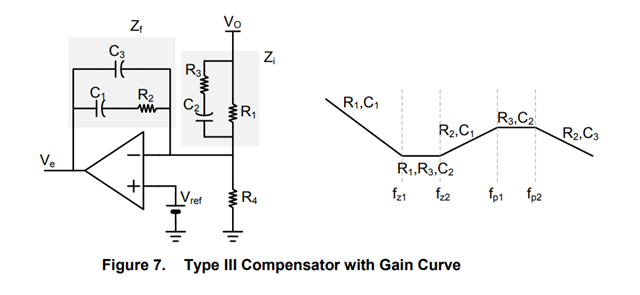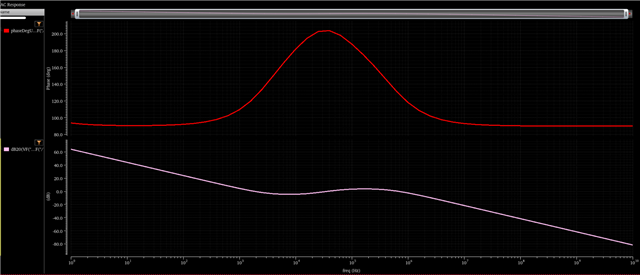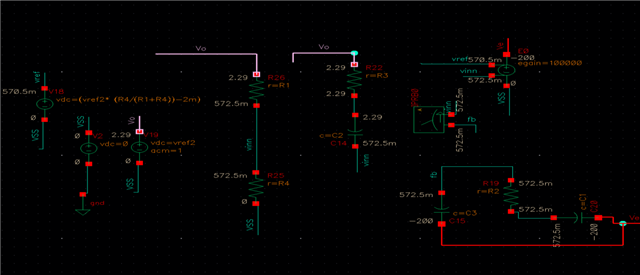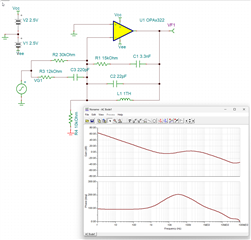Other Parts Discussed in Thread: TINA-TI, OPA2994,
Tool/software:
Hello
The Pspice model for opa 322 is actually giving. errors in Spectre claiming that T rise is too negative, which actually is make. the temperature go below zero Kelvin. Please suggest changes to the piece by scores and upload it to the product website.